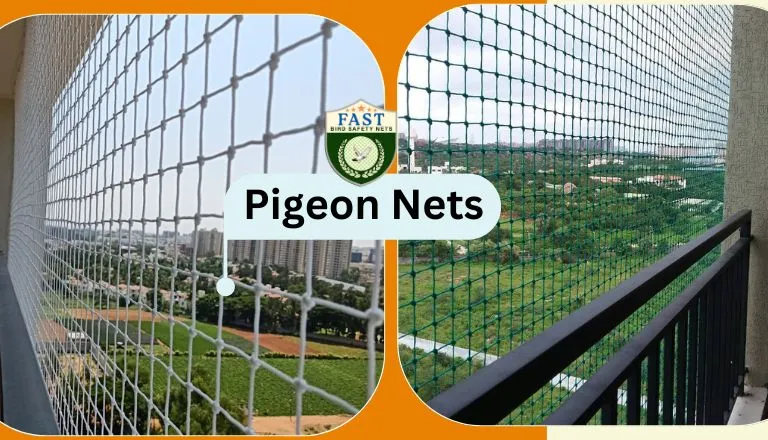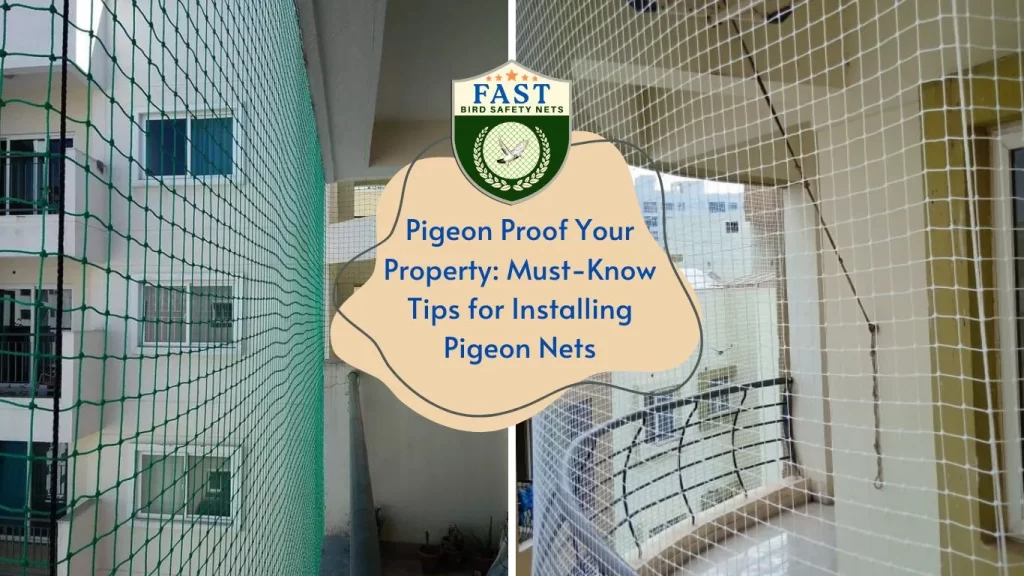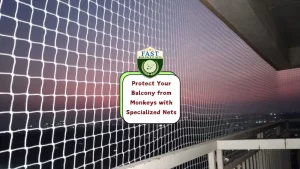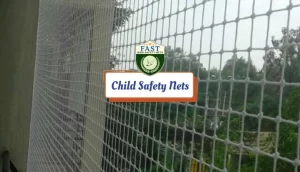Pigeons can be a nuisance for property owners, causing damage, and creating unsanitary conditions. However, with the right approach, you can effectively manage and deter these birds from roosting on your property. One of the most efficient methods is installing pigeon nets. In this article, we’ll explore the essential tips for pigeon-proofing your property with pigeon nets.
I. Introduction
A. What are pigeon nets?
Pigeon nets are specialized netting solutions designed to prevent pigeons from accessing certain areas of your property. They are typically made from durable materials such as nylon or polyethylene and are installed over openings, ledges, or entire areas to create a barrier that deters pigeons from landing or nesting.
B. Importance of pigeon-proofing your property
Pigeons can pose various problems for property owners, including property damage, health risks due to their droppings, and noise disturbances. Pigeon-proofing your property not only helps preserve its aesthetics but also ensures a safe and sanitary environment for occupants.
II. Understanding Pigeon Behavior
A. Nesting habits
Pigeons are known to seek out sheltered areas for nesting, such as roof spaces, balconies, and building ledges. They prefer elevated locations that provide protection from predators and the elements, making buildings an ideal habitat.
B. Roosting patterns
Pigeons tend to roost in groups, often returning to the same location daily. Once they identify a suitable roosting spot, they will continue to frequent it, leading to the accumulation of droppings and potential damage to the property.

III. Benefits of Installing Pigeon Nets
A. Prevent property damage
Pigeon nets act as a physical barrier, preventing pigeons from accessing vulnerable areas of your property. By keeping pigeons away, you can avoid damage to structures, equipment, and landscaping caused by nesting materials and droppings.
B. Maintain hygiene
One of the primary concerns associated with pigeon infestations is the spread of diseases through their droppings. Pigeon nets help minimize contact with droppings, reducing the risk of contamination and protecting the health of occupants.
IV. Choosing the Right Pigeon Net
A. Material considerations
When selecting a pigeon net, consider the durability and longevity of the material. Nylon and polyethylene nets are popular choices due to their strength and resistance to weathering.
B. Size and coverage
Evaluate the size and layout of your property to determine the appropriate size and coverage of the pigeon net. Ensure that all potential entry points and roosting areas are adequately covered to effectively deter pigeons.
V. Installation Process
A. Assessing the area
Before installation, conduct a thorough assessment of your property to identify areas frequented by pigeons and potential entry points. This will help determine the placement and configuration of the pigeon net.
B. Necessary tools and equipment
Gather the necessary tools and equipment for the installation process, including measuring tape, screws, anchors, and a drill. Ensure that you have sufficient supplies to complete the installation efficiently.
C. Step-by-step installation guide
Follow the manufacturer’s instructions for installing the pigeon net, paying close attention to proper anchoring and tensioning techniques. Start by securing the netting along the perimeter and work inward, ensuring a tight and secure fit.
VI. Maintenance Tips
A. Regular inspections
Schedule regular inspections of the pigeon net to check for any signs of damage or wear. Promptly repair any tears or loose fittings to maintain the effectiveness of the netting.
B. Cleaning and repairs
Periodically clean the pigeon net to remove debris and prevent buildup. Additionally, conduct routine repairs as needed to address any damage caused by weather or wildlife.
VII. DIY vs. Professional Installation
A. Pros and cons
Decide whether to install the pigeon net yourself or hire a professional contractor. While DIY installation may save money, professional installation ensures proper fitting and adherence to safety standards.
Conclusion
Pigeon-proofing your property with pigeon nets is a practical and effective solution for mitigating the risks associated with pigeon infestations. By understanding pigeon behavior, choosing the right netting material, and following proper installation and maintenance procedures, you can create a bird-free environment that promotes safety and cleanliness.






